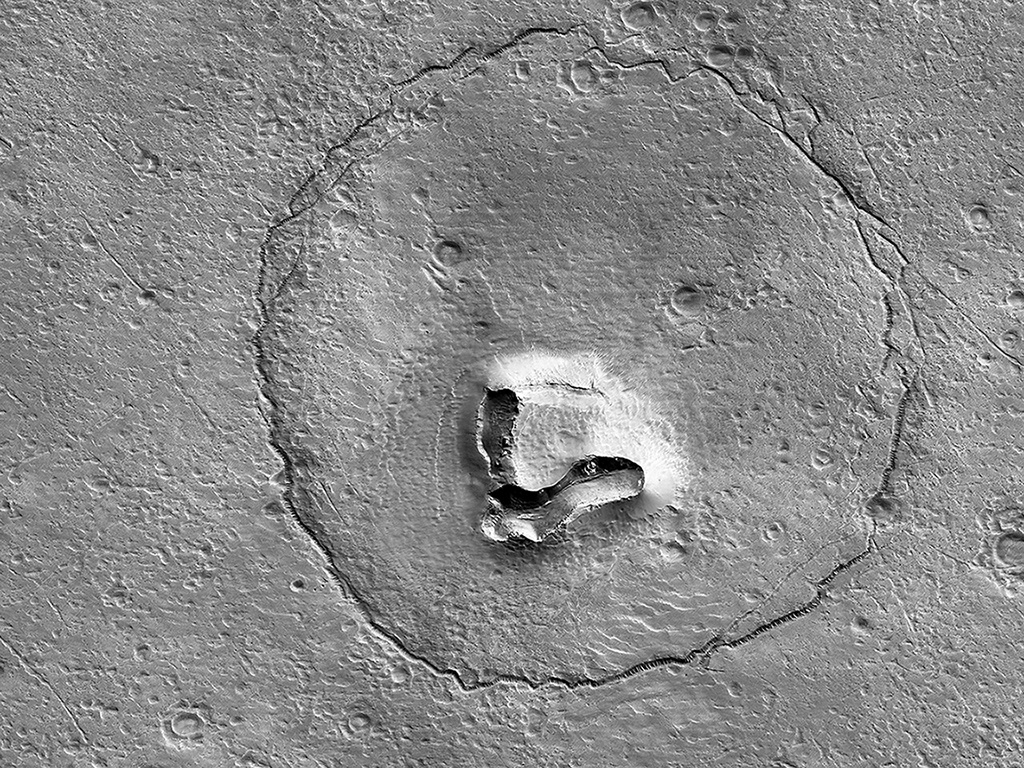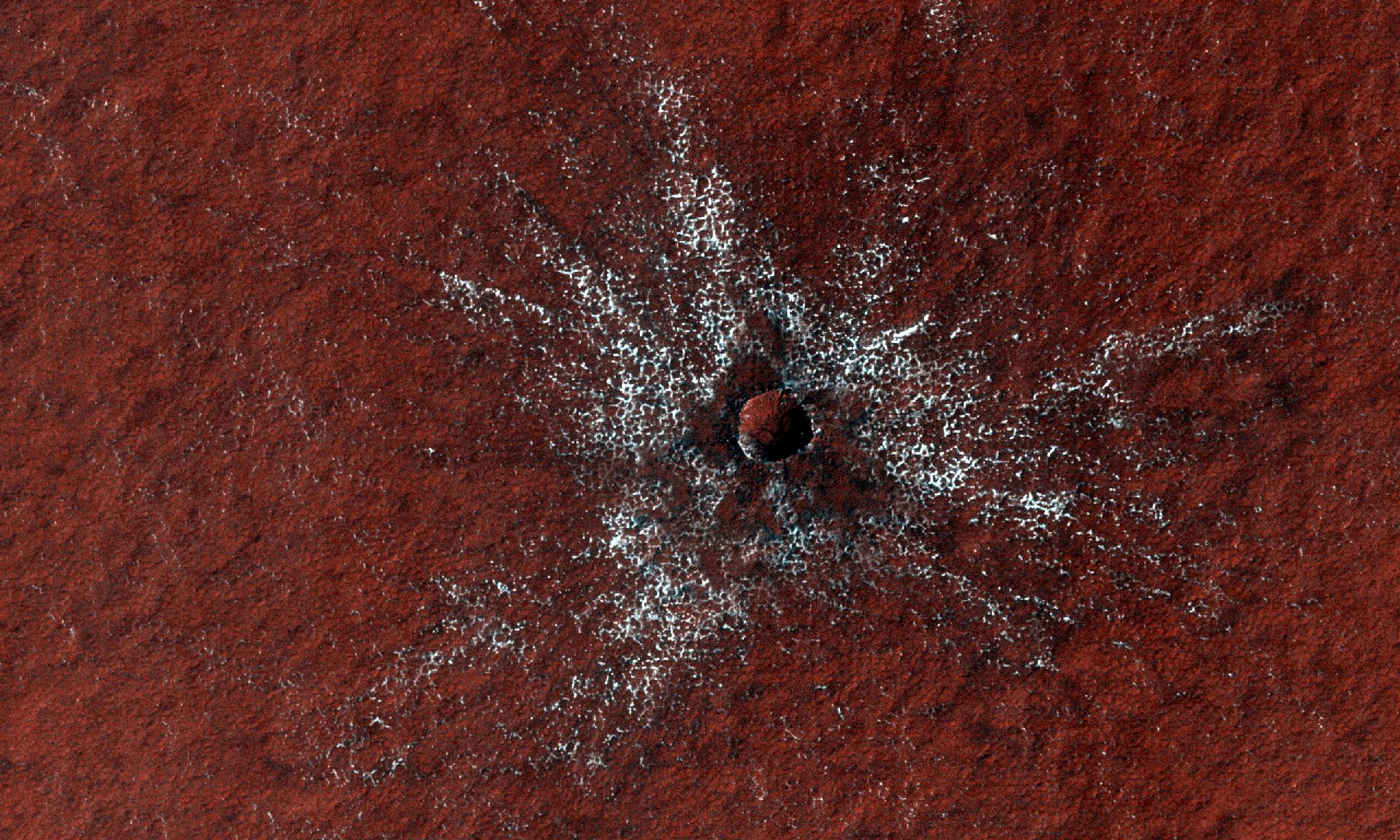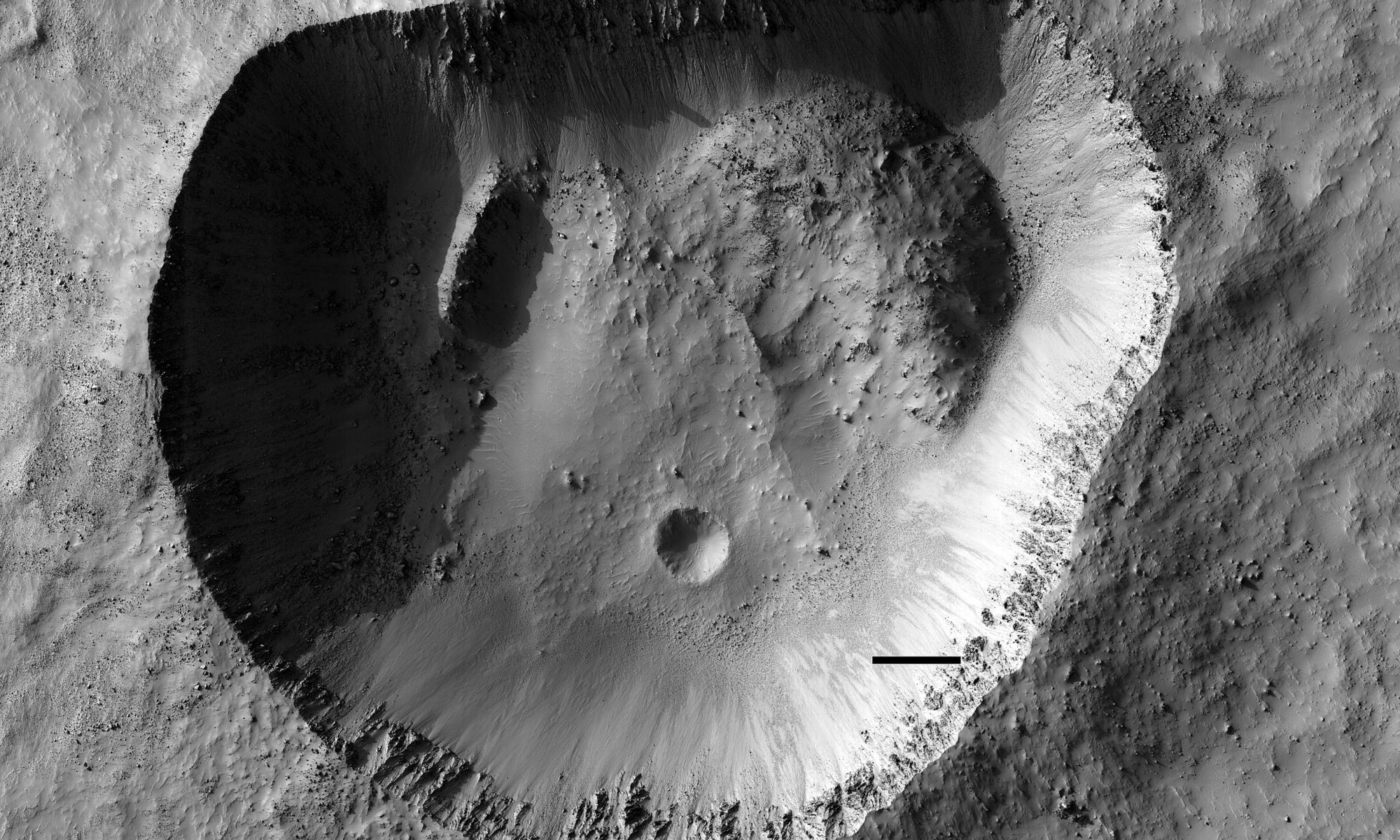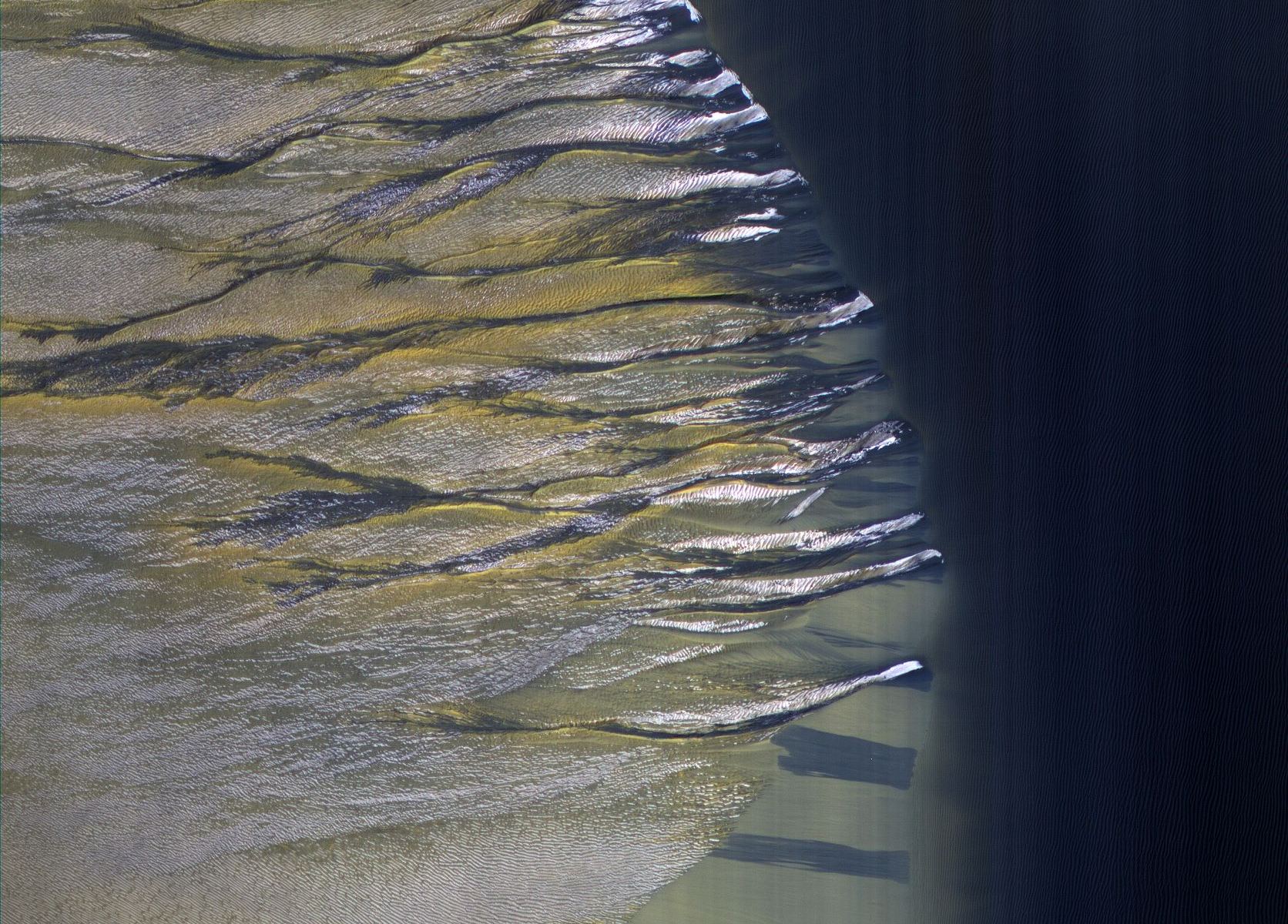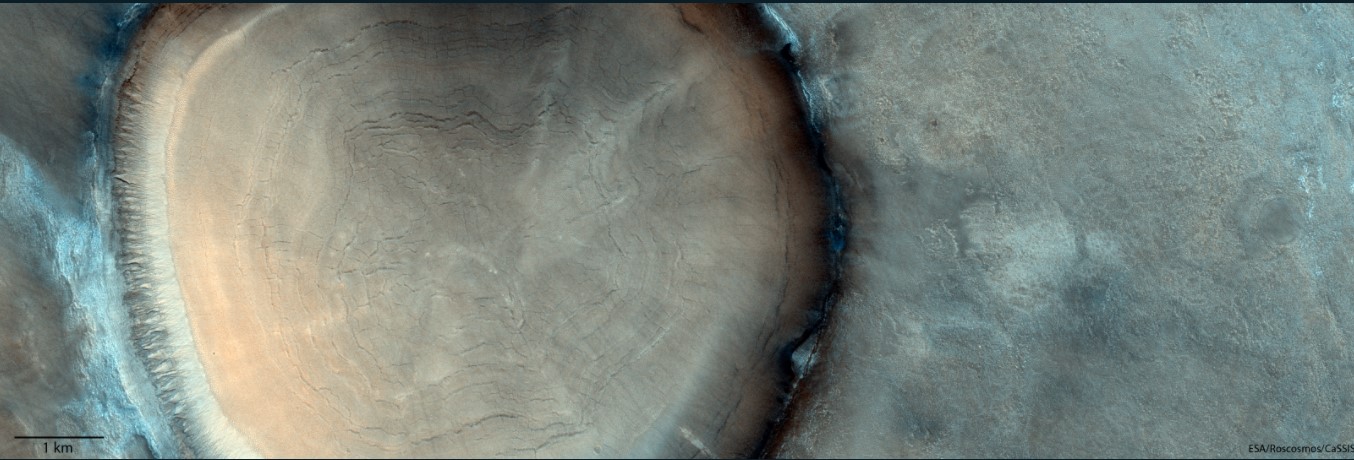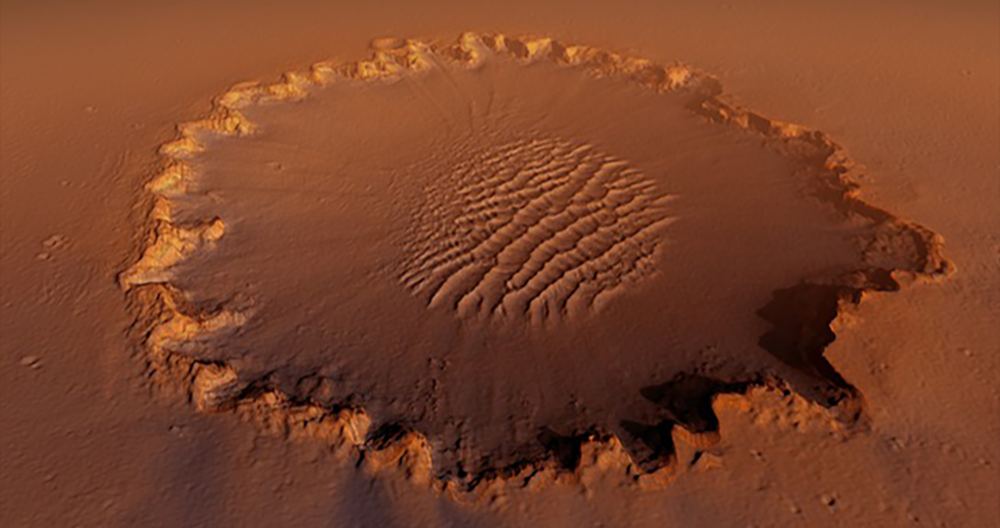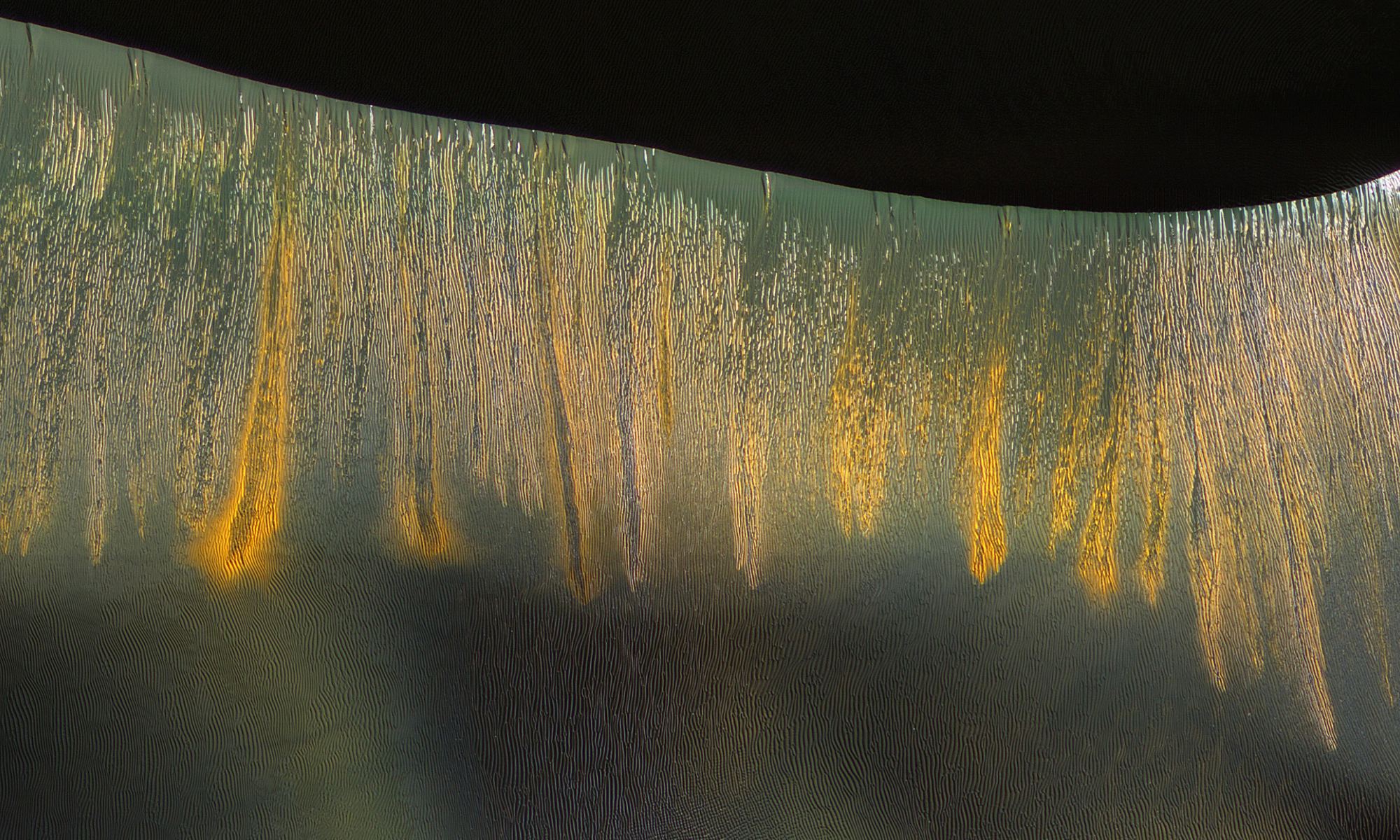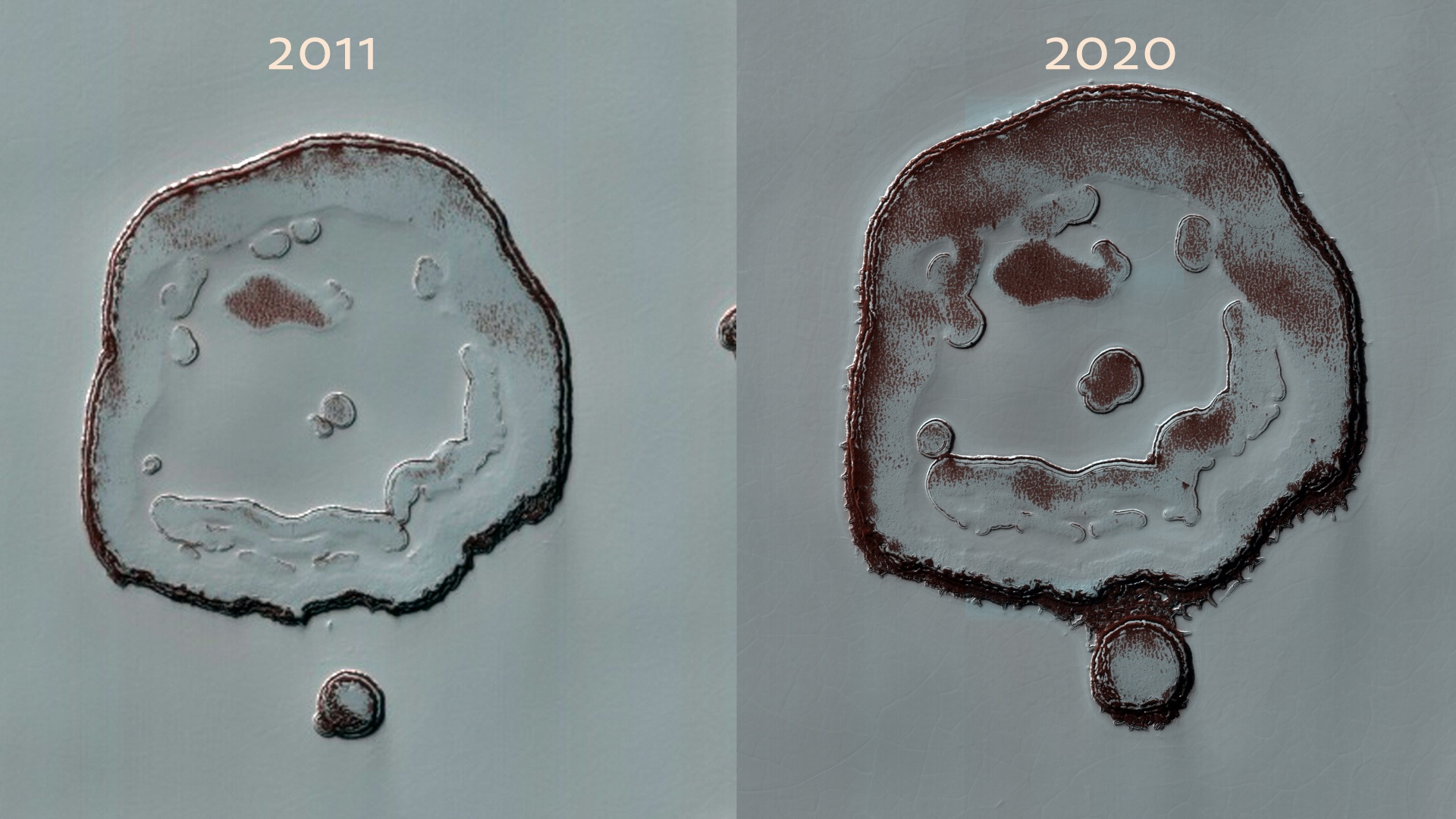There’s overwhelming evidence that Mars was once wet and warm. Rivers flowed across its surface and carved intricate channel systems revealed by our orbiters. Expansive oceans even larger than Earth’s may have covered a third of its surface. Then something happened: Mars lost its atmosphere, cooled down, and surface water disappeared.
Continue reading “Early Mars Climate was Complex, with Streams Flowing Intermittently for Millions of Years”Early Mars Climate was Complex, with Streams Flowing Intermittently for Millions of Years


